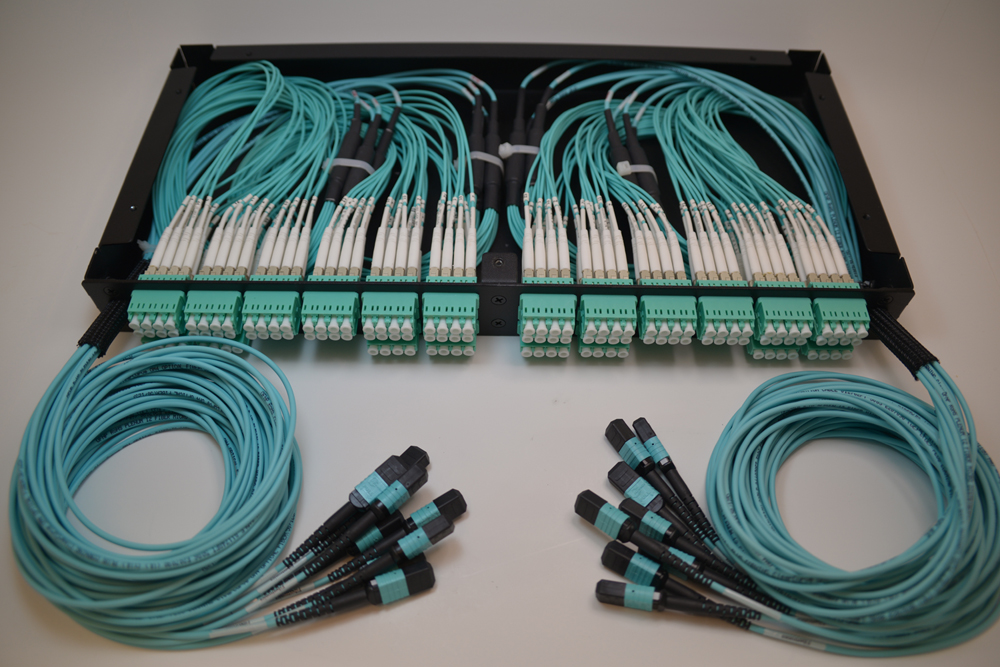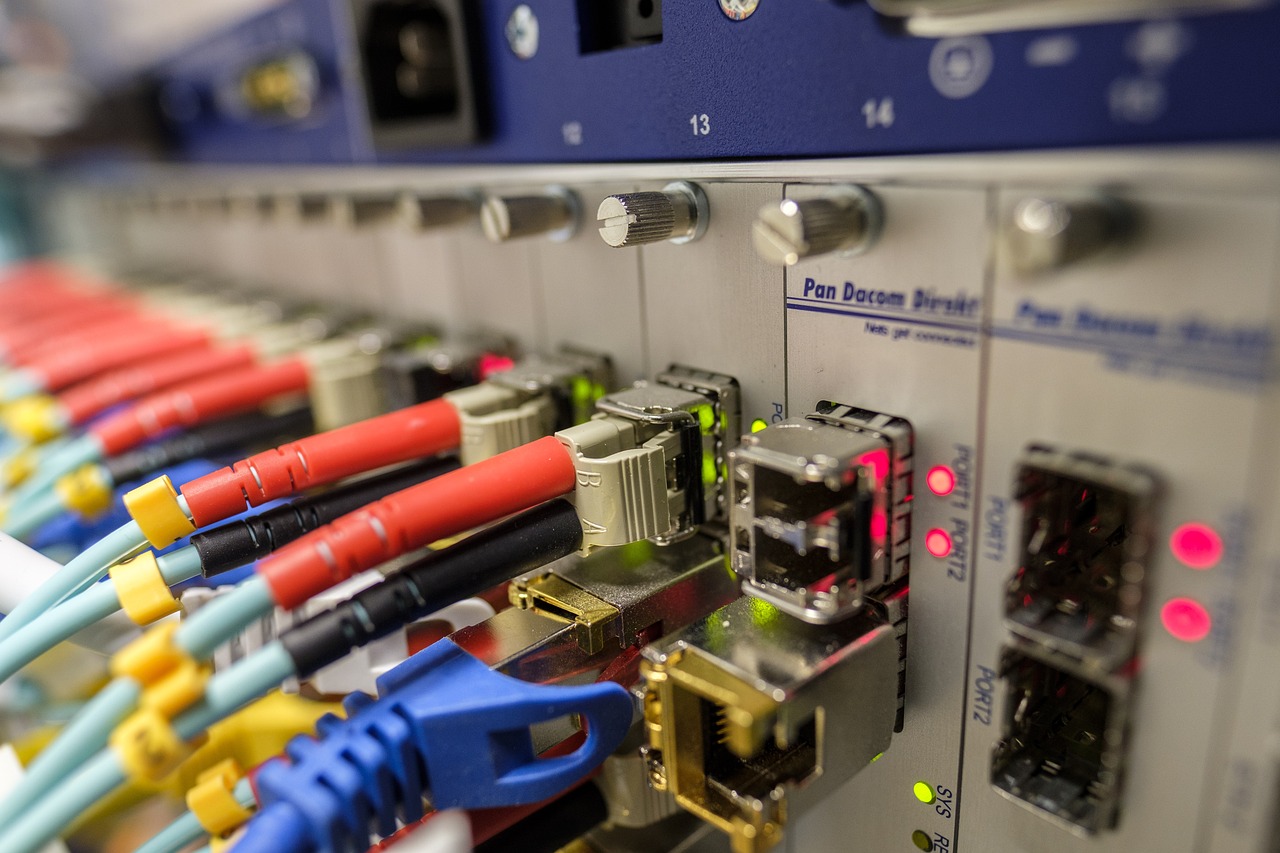The Vital Role of Passive Components in FTTH Networks and Essential Key Equipment

Exploring the World of FTTH Networks
Fiber to the Home (FTTH) networks revolutionize internet connectivity by delivering high-speed broadband directly to residences. FTTH Networks utilize optical fiber technology to transmit data, voice, and video services with exceptional speed and reliability.
What is FTTH and Why It's a Game Changer
The Basics of FTTH Networks
FTTH networks involve the deployment of optical fibers that carry signals from a central location directly to individual homes. This technology eliminates the dependence on traditional copper-based infrastructure, enabling faster data transmission and superior network performance.
The Impact of FTTH on Internet Speed and Reliability
The implementation of FTTH networks significantly enhances internet speed and reliability for end-users. With the capability to deliver gigabit speeds, FTTH Networks empower users to seamlessly stream high-definition content, engage in online gaming, and conduct bandwidth-intensive activities without latency or disruptions.
The Evolution of FTTH Networks
From Concept to Reality: The Growth of FTTH
Initially conceptualized as a cutting-edge solution for high-speed internet access, FTTH networks have rapidly evolved into a mainstream technology. Their widespread adoption has transformed the digital landscape by providing unparalleled connectivity experiences for residential users.
Future Trends in FTTH Networks
As technology continues to advance, future trends in FTTH Networks are expected to focus on enhancing scalability, improving energy efficiency, and integrating innovative solutions for seamless network management.
The Backbone of FTTH: Understanding Passive Components
Passive components play a pivotal role in the seamless operation of FTTH networks, enabling the efficient transmission of optical signals without the need for external power sources. These components are fundamental in ensuring the reliability and performance of fiber optic communication systems.
The Role of Passive Components in FTTH Networks
What Are Passive Components?
Passive components in FTTH networks encompass a range of devices that facilitate the management and distribution of optical signals. These components do not require an external power source to operate, distinguishing them from active components. Passive Components include splitters, couplers, WDM (Wavelength Division Multiplexing) devices, and various termination kits.
How Passive Components Power FTTH Networks
Passive components serve as the backbone of FTTH networks by effectively managing and distributing optical signals to ensure seamless connectivity. They play a crucial role in minimizing signal loss and optimizing network performance, ultimately contributing to the delivery of high-speed broadband services to end-users.
Types of Passive Components in FTTH Networks
Splitters, Couplers, and WDM Devices
Splitters, couplers, and WDM devices are key passive components utilized in FTTH networks. Splitters enable the division of optical signals into multiple output paths, facilitating signal distribution to different locations within the network. Couplers are essential for combining or splitting optical signals with minimal loss, while WDM devices enable the transmission of multiple optical signals through a single fiber by utilizing different wavelengths.
The Function and Importance of Each Type
Each type of passive component serves a distinct function critical to the efficient operation of FTTH networks. Splitters ensure effective signal distribution, couplers facilitate seamless signal combination or division, and WDM devices enable efficient wavelength-based signal transmission. Understanding the function and importance of each type is essential for designing robust and reliable FTTH networks.
Essential Key Equipment for FTTH Networks
In the realm of FTTH networks, the deployment and maintenance of key equipment are essential to ensure seamless connectivity and optimal network performance. Understanding the tools of the trade and best practices for installation and maintenance is crucial for network reliability.
Tools of the Trade: Key Equipment Overview
The key equipment required for FTTH networks includes fusion splicers, fiber cleavers, and fiber connectors. Fusion splicers are instrumental in joining optical fibers to enable efficient signal transmission, while fiber cleavers are used to precisely cut fibers for termination. Fiber connectors play a vital role in securely connecting optical fibers to facilitate uninterrupted data transmission.
Selecting the Right Equipment for Your FTTH Network
When choosing key equipment for an FTTH network, it is imperative to consider factors such as compatibility with existing infrastructure, durability, and ease of use. Opting for high-quality key equipment ensures reliable connections and minimizes the risk of signal loss or disruptions within the network.
Installation and Maintenance of FTTH Networks
Best Practices for Installing Passive Components
During the installation phase, meticulous attention must be given to positioning passive components such as splitters, couplers, and WDM devices. Proper placement is critical in minimizing signal loss and ensuring efficient signal distribution throughout the network.
Maintaining Your FTTH Network for Optimal Performance
Regular maintenance is essential to uphold the performance of an FTTH network. This includes periodic inspections of passive components, cleaning fiber connectors to prevent signal degradation, and conducting thorough assessments to identify any potential issues that may impact network efficiency.
Why Passive Components and Key Equipment Matter
Enhancing Network Performance and Reliability
The integration of Passive Components and Key Equipment is paramount in enhancing the overall performance and reliability of FTTH networks. Quality passive components play a crucial role in minimizing signal loss, ensuring seamless transmission of optical signals, and maintaining network integrity. By utilizing high-quality splitters, couplers, and WDM devices, FTTH networks can achieve optimal signal distribution with minimal loss, thereby enhancing network performance.
Similarly, key equipment such as fusion splicers, fiber cleavers, and fiber connectors contribute to the efficiency of FTTH networks by enabling precise termination and secure connections. The proper selection and utilization of key equipment are essential for maintaining network efficiency and minimizing potential disruptions.
The Future of FTTH Networks
Innovations in Passive Components and Equipment continue to drive the evolution of FTTH networks. Advancements in passive component technology aim to further optimize signal management, improve energy efficiency, and enhance scalability to meet the growing demands for high-speed broadband services. Additionally, ongoing developments in key equipment are geared towards streamlining installation processes, ensuring long-term network reliability, and preparing for the next generation of FTTH networks.
See Also
The Vital Benefits of Small Design and Strong Stability in PON
Key Maintenance Guidelines for Outdoor FTTX Fiber Optic Termination Box
Comprehending 5G FTTH: The 1 x 32 SC/APC Mini Blockless Fiber Optic PLC Splitter
Improving Indoor Connectivity with Concealed FTTR Fiber Cables
5 Crucial Pointers for Utilizing SC/APC Field Connector in FTTH Setups


